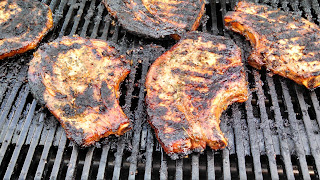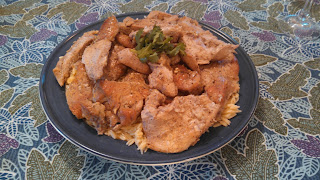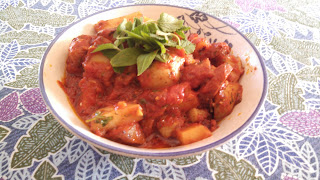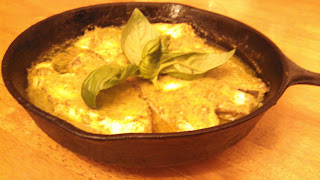In the U.S., summer pasta salads have become ubiquitous (I love them $20 words, as my father would say). You see them at every outing or function. And it’s usually the same deal: chilled macaroni or ziti floating in a mound of mayonnaise or bottled Italian dressing, with some greens or cherry tomatoes added for color. That’s what I experienced during my youth until I took a trip to Italy—and discovered pasta salads unlike anything I had back home. No mayo, no bottled dressing, and simple, fresh ingredients. In fact, no chilling in the fridge. Back in the old days, refrigeration was at a premium, and pasta salads were made and served as is.
The recipe given follows that concept. I first had it in Naples, even though it’s commonly known as Roman Pasta Salad. If it were up to me I would call it Napoli Pasta Salad or Neopolitan Pasta Salad, but, then, what do I know? The salad works best with tubular pasta or shells. You can use rotini, penne, whatever. I used rigatoni. The dish is simplicity itself. Basically the cooked pasta is marinated in onion, basil, tomato, and black olives. If desired, you can add grated Parmesan or Pecorino cheese—although this wasn’t done when I first had the dish. Also, as they do in Naples, serve at room temperature. Add a good hunk of bread, some light red wine, and you’re set.
ROMAN PASTA SALAD
5 large ripe tomatoes, cut into 1/2-inch dice
1 medium onion, sliced into thin rings
1 bunch basil, rinsed and torn into bite-sized pieces
1 16-ounce can black pitted olives, drained and halved
4 tablespoons olive oil
1 tablespoon fresh chopped oregano, or 1 teaspoon dried
Salt and freshly ground black pepper to taste
1 pound rigatoni
1. In a large bowl, toss and mix together the tomatoes, onion, basil, olives, olive oil, oregano, salt and pepper. Let stand at least 2 hours for flavors to develop.
2. Bring a large pot of water to a boil. Add the rigatoni and cook until al dente, about 10 minutes. Drain and toss the warm pasta into the salad, season with additional salt and pepper if necessary.
Yield: 6 main courses or 12 side-dish servings.









